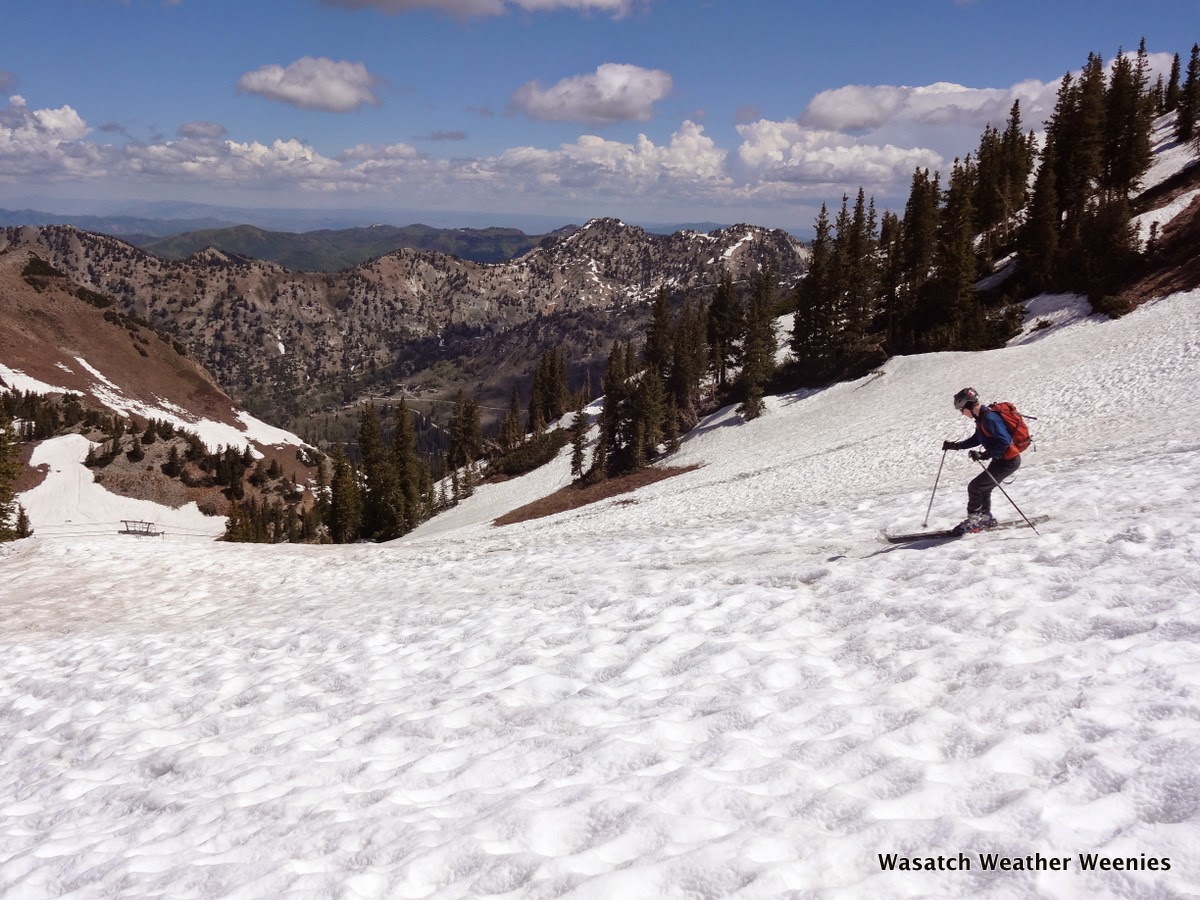 |
| Source: National Geographic, April 1972 |
I always enjoy articles like these not only because they show the tremendous accomplishments of my profession, but also some of the areas where we were overly optimistic. Some highlights from the article:
- At the time, there was considerable optimism concerning likely improvements in weather forecasting, and I think it is safe to say that has come to fruition, although we still have work to do.
- Satellite imagery was still in it's embryonic stages in 1972, with considerable excitement about future prospects, "Some of the new devices will even measure water vapor at different heights, and others may report on the total levels of such pollutants as dust, carbon dioxide, nitrous oxide, and sulfur dioxide." This has come to pass and satellites are now doing all sorts of things including tracking changes in the mass of the Greenland and Antarctic ice sheets [FYI that NASA's Orbiting Carbon Observatory (OCO-2) is scheduled for launch tomorrow].
- Efforts were underway to advance understanding of global weather processes, but it was noted that future progress hinged on: (1) the development of "electronic computers that efficientialy perform hundreds of millions of mathematical operations per second", (2) the development of mathematical models of the processes that generate our weather, and (3) the development of a truly global network of weather stations. We have made considerable progress in all three of these areas, if you include satellite data as a subset of (3).
- For global observations, it was argued that Ghost balloons (global horizontal sounding techniques) might be useful for proving more observations around the globe, but this has never come to pass, although the idea in some way shape or form is occasionally "floated" again from time to time.
- At the time, there was considerable optimism regarding cloud seeding. Although such seeding is still done in parts of the western U.S. today, its effectiveness remains unclear.
- One area where the article was clearly off the mark was in the area of future climate change, where it suggested that cooling might be in our future. Roberts emphasized the findings from a recent paper by Rasool and Schneider (1971) that overestimated the cooling influence of pollution and was quickly shown to suffer from flaws in equations and data.
If you are interested in a blast from the past, you can have a look for yourself by clicking here.















































